US Latest Ban Might Finally Destroy China's Biggest Phone Maker
Karamchand Rameshwar - Jun 10, 2020
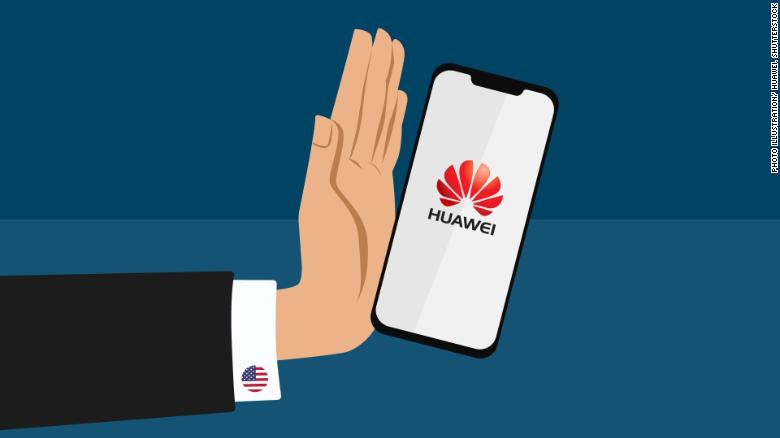
How can Huawei get through this ban from the US government? The answer is impossible, and the world's No. 2 smartphone company is really being pushed into a dead end.
- Huawei Band 10 Launches in India with Advanced Health Tracking Features
- After Windows Replacement OS, Huawei Set to Launch "Kirin X90" Chip for PCs to Replace Intel
- Six Best Smartphones Under 40,000 In India: Price & Detailed Review
Nearly a year after being placed in the US's trade blacklist, Huawei seemed to be standing strong. By the end of 2019, Huawei's market share is more than enough to surpass Apple. In early 2020, although the Covid-19 pandemic caused heavy damage, Huawei's decline was still significantly lower when compared to its biggest rival, Samsung.
But the joy of the Chinese giant didn’t last for long. Nearly one year after putting Huawei on the trade blacklist (causing it to lose the right to cooperate with Google, Intel and Qualcomm), President Trump launched the next blow: a new set of rules to tighten export controls, in which companies across the globe must obtain licenses from the US government before selling technology products (made by US equipment) to Huawei.
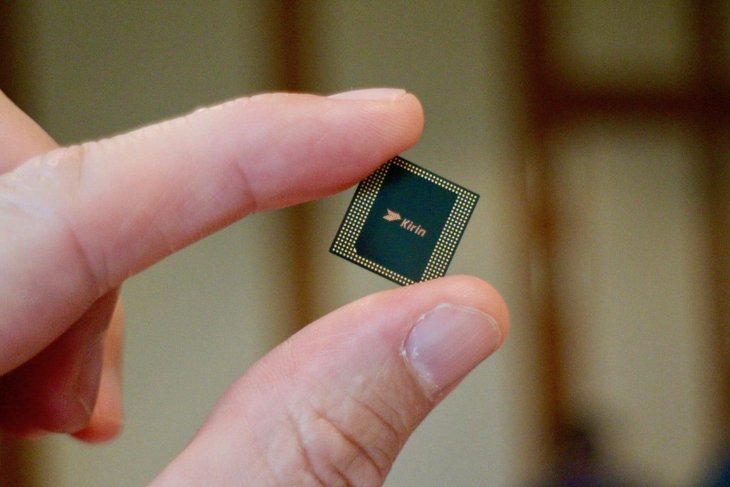
Almost immediately, Huawei was cornered. The main target of this export control is none other than TSMC, the world's No. 1 semiconductor outsourcing company based in Taiwan. After the new control is enacted, TSMC will be required to obtain US permission if it wants to sell to Huawei. Due to the increasingly fierce US-China trade war, this "licensing" mechanism is no different than forcing TSMC to "face off" Huawei.
Theoretically, the Chinese giant can still survive through this direct hit from the US government. Many years ago, it stopped using designs from Snapdragon or standard ARM designs and acquired a chip design company called HiSilicon. TSMC is only in charge of producing chipsets using designs put forward by HiSilicon - if a replacement is found, Huawei doesn't need TSMC.
But in reality, finding a replacement for TSMC is not easy. The Taiwanese company is currently the world's leading chipmaker, making an important contribution to the success of many companies - including Apple, AMD, Qualcomm, and of course Huawei. Assuming that other outsourcing companies are allowed to replace TSMC to become manufacturers for Huawei, the demand of the Chinese smartphone brand in the past 2 years has exceeded 100 million units / year. The change of finding a company to match TSMC's production capacity is almost 0%.
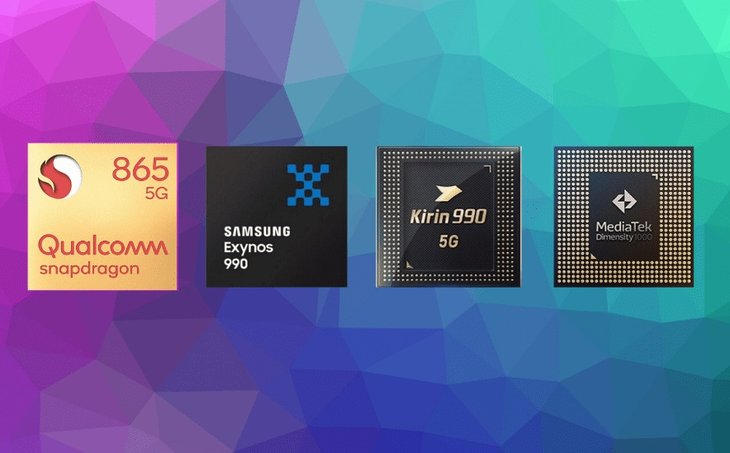
Not stopping here, nearly all of TSMC's significant rivals are not allowed to shake hands with Huawei. Last month, after rumors that Huawei would bypass the ban by purchasing MediaTek chips, the brand quickly denied it. People who spread the rumor regarding the relationship between Huawei and MediaTek (or Samsung, Intel, etc.) did not realize that Trump's new ban was aimed at "American-originated" technologies. Names from Taiwan (TSMC, MediaTek), Korea (Samsung, LG ...) or the UK (ARM) are all under the influence of this ban.
In other words, any company that wants to replace TSMC to become a chip supplier for Huawei will have to come from mainland China. Again, that is an impossible task. The IC Insights report shows that by the end of 2019, the world's top five chip makers are South Korean, Taiwanese, US and Japanese companies. Next, of the 5 outsourced companies (not selling their own products like Samsung or Intel), only one is from mainland China: SMIC.
Unfortunately for Huawei, SMIC is still struggling with 14nm technology while TSMC has now moved on to 5nm research. Not just that, since 2018, TSMC has only used 12nm technology for mid-range chipsets. The chance of the Chinese chip makers to catch up with TSMC is almost 0% because the ban from the US includes all kinds of equipment used in chip design / manufacturing.
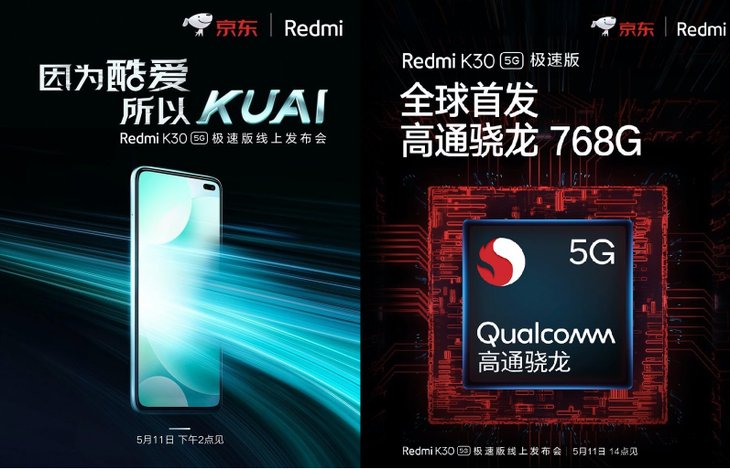
Assuming that China could somehow catch up with the United States and its allies in chip production capacity, within the next 1-2 years, the chips manufactured on the outdated technologies in the country will make Huawei inferior to all of its rivals, including "compatriots" such as Xiaomi, OPPO, and Vivo. Just days before Trump announced the new ban, Xiaomi teased Huawei when it unveiled the Redmi K30 5G Racing Edition using a Snapdragon 768G chip - a chip designed by an American company (Qualcomm) and almost certainly produced at TSMC's factory.
In addition, Huawei has not only lost the right to buy SoC chips, but also the supply of OLED screens, ROM chips, RAM chips, or CMOS sensors on the camera. Most frighteningly, China's No. 1 technology company will lose the right to buy / rent processing chips used in the telecommunications sector. Even Chinese telecom chip makers are using components, equipments, or software from US-based companies. With just one strike, the United States closed Huawei's remaining lingering hopes on a key business (smartphone) and slashed a deadly blow into the remaining business (5G).
The Chinese company also only has enough inventory left to stay in the business by the end of the year. And by then, Huawei will be destroyed. Can’t use Google services, can’t buy chips for smartphones or network devices, can’t find a partner outside of China, the world's No. 2 smartphone power and No. 1 in telecommunications could be doomed.
>>> Samsung Might Show Ads On Its Smartphones To Lower The Price
Featured Stories

ICT News - Jul 05, 2025
Windows 11 is Now the Most Popular Desktop OS in the World
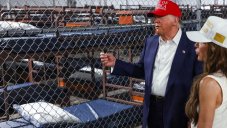
ICT News - Jul 02, 2025
All About Florida’s Alligator Alcatraz: A Smart Move for Immigration Control

ICT News - Jun 25, 2025
AI Intimidation Tactics: CEOs Turn Flawed Technology Into Employee Fear Machine

ICT News - Jun 24, 2025
Tesla Robotaxi Finally Hits the Streets: $4.20 Rides That'll Make You Hold Your...

ICT News - Jun 24, 2025
World's First Flying Humanoid Robot Takes Flight

ICT News - Jun 24, 2025
When Closed Source Met Open Source: Bill Gates Finally Meets Linus Torvalds After...

Gadgets - Jun 23, 2025
COLORFUL SMART 900 AI Mini PC: Compact Power for Content Creation

ICT News - Jun 22, 2025
Neuralink Telepathy Chip Enables Quadriplegic Rob Greiner to Control Games with...

ICT News - Jun 20, 2025
Tesla vs Zoox vs Waymo: Who would win?

ICT News - Jun 19, 2025
Comments
Sort by Newest | Popular